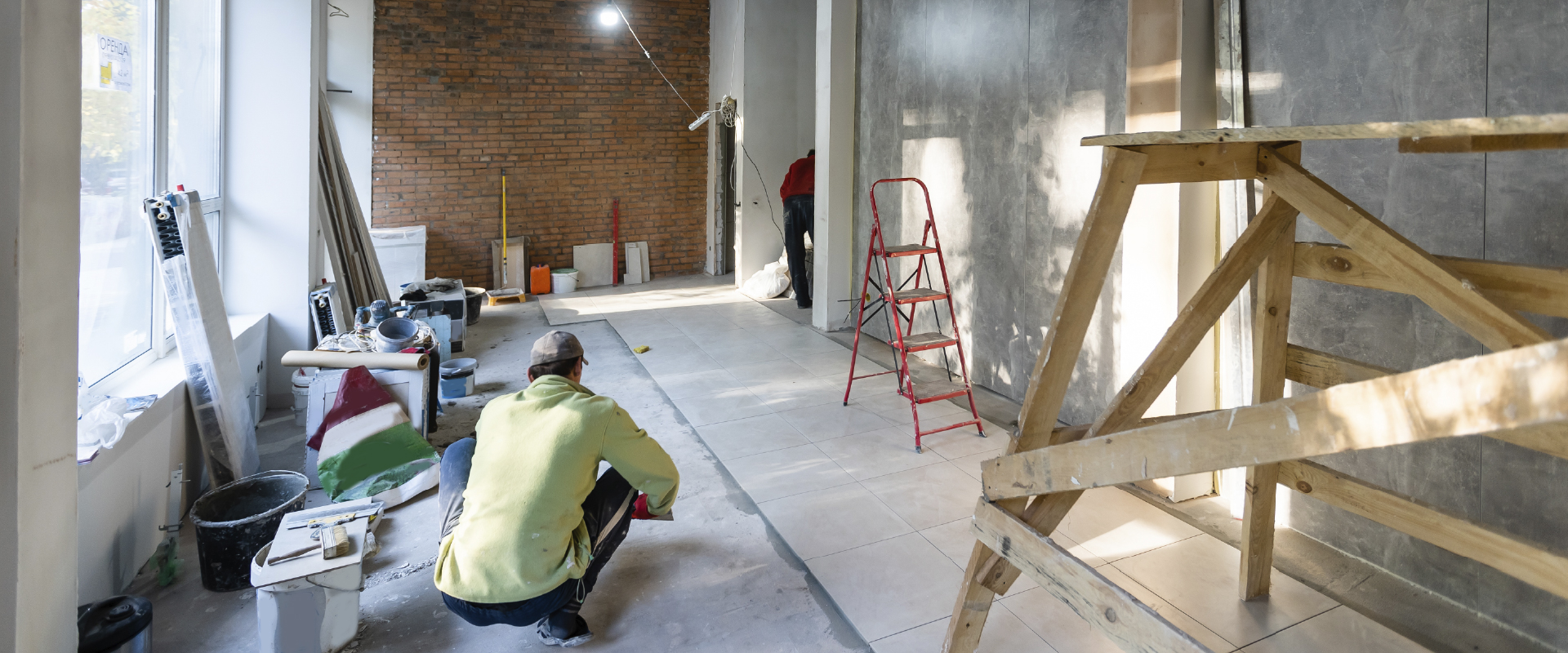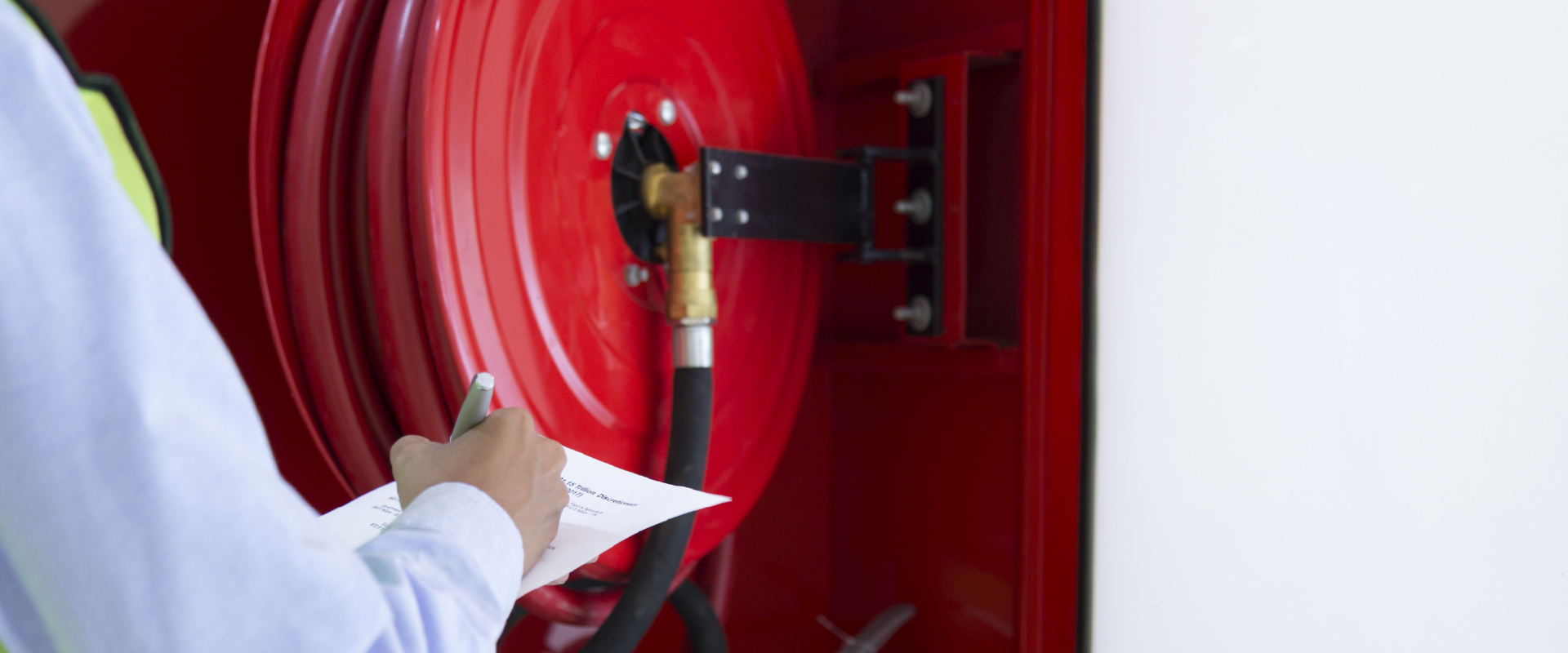Are you ready for indoor fire season? Now is the time to review your fire safety plans to keep your business or home safe from fires. In this article, we will focus on indoor fires, which are more likely to occur during the winter months, unlike wildfires which more commonly happen during summer.
- Understanding Common Causes of Indoor Fires
- The Role of Human Activities
- Planning and Procedures
- Emergency Evacuation Plan
- Essential Emergency Supplies
- Tools for Firefighting and Prevention
- Essential Firefighting and Fire Prevention Equipment
- Maintenance and Inspection
- Training and Certification
- Conclusion and Final Thoughts
As the temperature drops and households and businesses rely more on heating systems, fire risks increase. Implement the strategies and precautions outlined in this article to minimize the risk of indoor fires and protect people, property, and livelihoods.
As the temperature drops and households and businesses rely more on heating systems, fire risks increase. Implement the strategies and precautions outlined in this article to minimize the risk of indoor fires and protect people, property, and livelihoods.
Understanding Common Causes of Indoor Fires
Once you understand which factors commonly contribute to indoor fires, you’re better prepared to prevent them. Let’s look into the characteristics of residential and commercial indoor fires, as well as the role of human activities in causing and preventing them.
Residential indoor fires
Residential indoor fires primarily occur in homes, apartments, or anywhere else people live. These fires can be caused by various factors, including electrical malfunctions, cooking accidents, smoking, heating equipment issues, candles, and flammable materials.
Commercial indoor fires
Commercial indoor fires take place in non-residential buildings, such as offices, retail stores, restaurants, and warehouses. According to the National Fire Protection Association (NFPA), the five most common causes of fires in commercial buildings are:

Fire safety violations can also increase your risk level. Fire alarms and smoke detectors only help if they are properly serviced and replaced in a timely manner, while a blocked exit can hamper evacuation or rescue efforts. If you want to protect your home or business from fire dangers, keep exits clear and have an effective maintenance plan for your fire safety devices.
To monitor your commercial building electronically and respond faster in case a fire occurs, CRUSA offers a mobile app as part of our fire prevention and mitigation services.
The Role of Human Activities in Causing and Preventing Indoor Fires
Every day, people engage in activities that can either ignite a fire or prevent one.
Prevention is key to keep everyone safe from fire hazards. By following these simple yet effective fire safety guidelines, you can significantly reduce the risk of a fire:
- Practice caution when cooking: Never leave cooking unattended, keep flammable materials away from heat sources, and ensure that cooking appliances are properly functioning.
- Handle electrical appliances with care: Avoid overloading extension cords, inspect electrical cords regularly for damage, and unplug appliances when not in use.
- Install and maintain fire detection and suppression systems: Working smoke alarms and fire extinguishers can provide early warning and enable quick action in case of a fire.
By understanding the common causes of indoor fires and taking proactive measures, you live out the motto that it’s better to be safe than sorry.
Planning and Procedures for Indoor Fires
When it comes to indoor fires, being prepared can mean the difference between life and death. It is crucial to have an emergency evacuation plan in place to protect yourself and the people around you. Here are some important steps to take:
Develop an emergency evacuation plan and meeting points
It’s essential to create an emergency evacuation plan and share it with everyone living or working with you. It should outline escape routes from each room and designate a safe meeting point outside the property. Make sure to review and practice this plan regularly.
Essential emergency supplies and communication methods
Prepare an emergency kit that includes basic supplies such as flashlight, batteries, a first aid kit, and a portable radio and keep it in an easily accessible location. Establish communication methods in advance, such as a phone tree or a designated person responsible for contacting emergency services.
Tools for Firefighting and Prevention
When it comes to preparing for indoor fire season, having the right fire equipment and tools is crucial. Whether you are a homeowner or you’re involved in fire prevention efforts at your workplace, being equipped with the necessary tools can make all the difference.
Essential firefighting and fire prevention equipment for homes and businesses
- Fire extinguishers: Portable fire extinguishers are an essential addition to any company’s or homeowner’s fire safety arsenal. They are suitable for tackling small fires, thereby preventing this initial outbreak from turning into a major blaze. Another advantage is that they are easy to use for anyone.
- Smoke Alarms: Installing smoke alarms in different areas of your home or business is crucial for early fire detection and evacuating people safely. Smoke detectors should be installed in every room, including hallways and stairwells. Be sure to regularly test and replace their batteries as needed.
- Fire alarms: Fire alarms are designed to alert occupants of a building to the presence of a fire. They can be activated manually or automatically, depending on the type of system installed.
- Fire Sprinkler Systems: Popular especially for businesses, fire sprinkler systems can quickly suppress a fire and minimize damage. Regularly inspect and maintain these systems to ensure their effectiveness.
- Fire Blankets: In your home or small business, these blankets are designed to smother small fires and can be extremely useful especially for kitchen fires.
Proper maintenance and inspection of fire equipment
- Regular Inspection: It is important to inspect fire equipment periodically to ensure its proper functioning. Check for signs of wear and tear, and replace any damaged or expired items.
- Maintenance Schedule: Create a maintenance schedule for your fire equipment and tools. This includes regular inspections, testing, and servicing as recommended by the manufacturer.
- Documentation: Keep thorough records of all maintenance and inspection activities performed on your fire equipment. This will help you track its history and ensure compliance with safety standards.
Training and certification for using fire equipment effectively
Fires are a devastating, life-changing event, and ongoing fire safety training for business owners or homeowners can help prevent fires or make sure everyone is ready to act quickly if the unthinkable happens.
Fire safety training is available from a variety of sources. Here are some options:
- OSHA: The Occupational Safety and Health Administration (OSHA) provides fire safety training for employees. At a minimum, OSHA requires companies to educate employees on recognizing fire hazards, the principles of fire extinguishers, and how to safely evacuate. OSHA also has more stringent requirements for many industries.
- Local fire departments: Your local fire department may offer fire safety training for businesses. Contact them to find out if they offer training and what the requirements are.
- Online courses: There are many online courses available that provide fire safety training for home and business owners. Be sure to research the course before signing up to ensure that it meets your needs.
- Private companies: There are many private companies that offer fire safety training for businesses. These companies can provide customized training programs that are tailored to the specific needs of your business.
By having the right fire equipment and tools, maintaining them properly, and receiving proper training, you can significantly contribute to firefighting and prevention efforts. Remember, being prepared is the key to effectively combating fires and protecting lives and properties.
Conclusion
Prepare, Protect, and Prevent: Be Ready for Indoor Fire Season
Don’t wait until it’s too late – prioritize fire preparedness today. Take the time to assess your home or business’s vulnerabilities, create an emergency plan, and invest in the necessary tools and equipment. By acting now, you can greatly reduce the risks associated with fire incidents and protect people and property. You can also download the CRUSA mobile app for fire prevention and monitoring.
Being prepared for fire season goes beyond safeguarding your immediate surroundings. It means contributing to a safer community, building resilience, and supporting the efforts of local authorities. By taking responsibility for fire preparedness, you are not only protecting yourself but also helping to prevent devastating fires that can impact entire communities.



